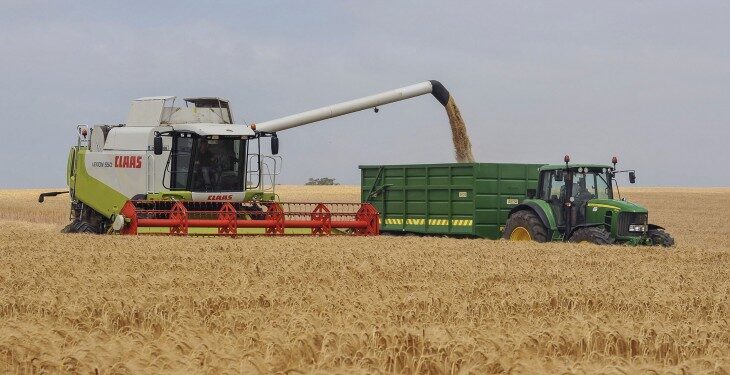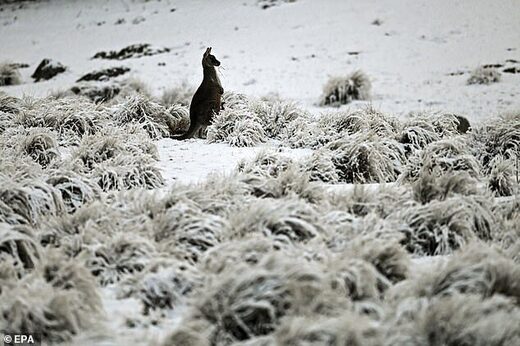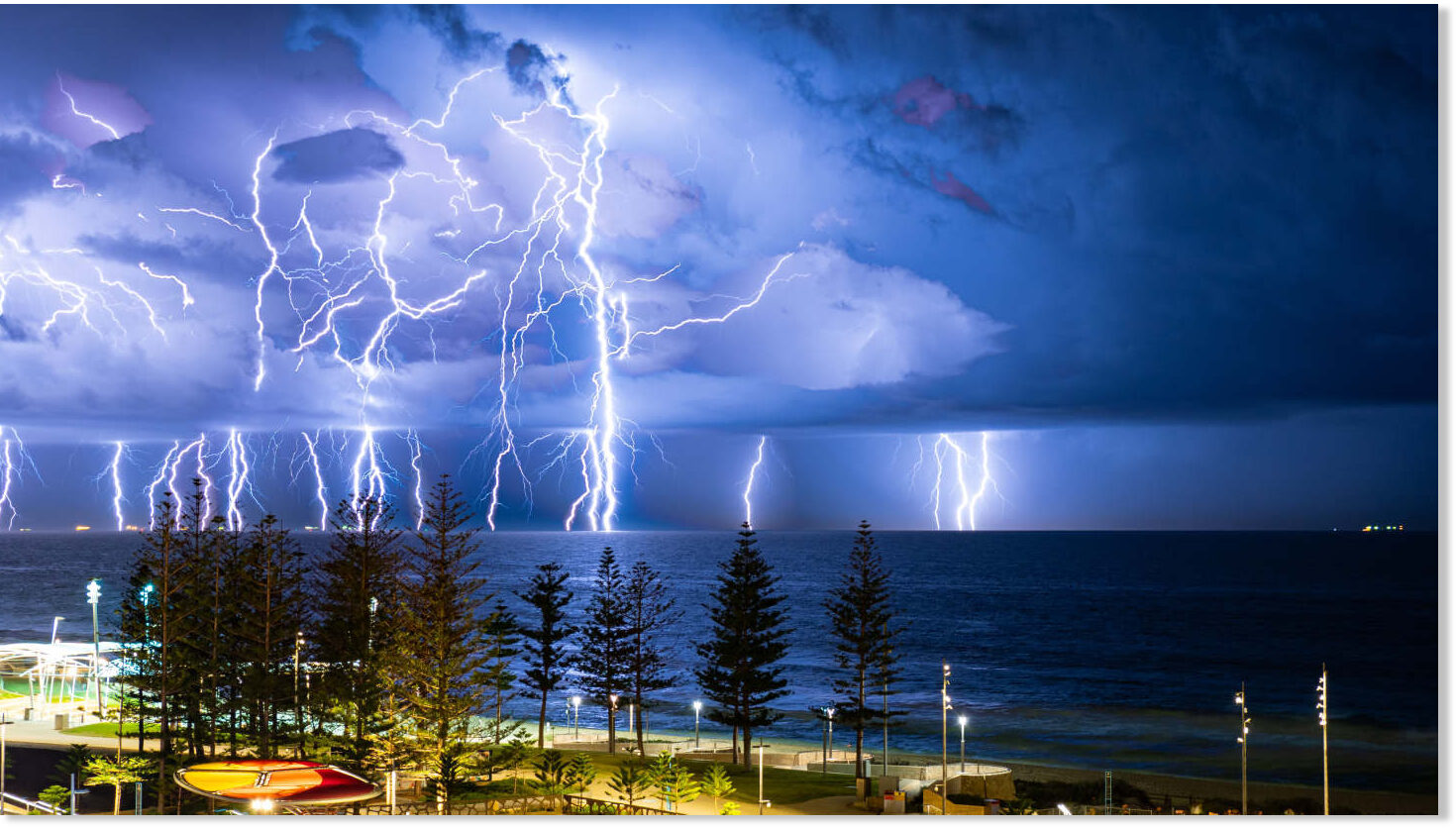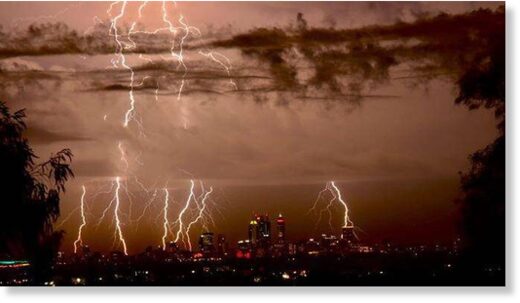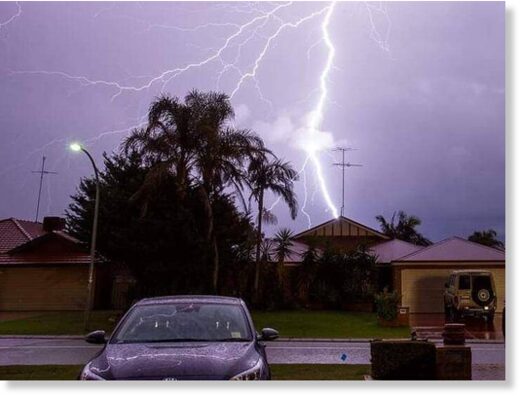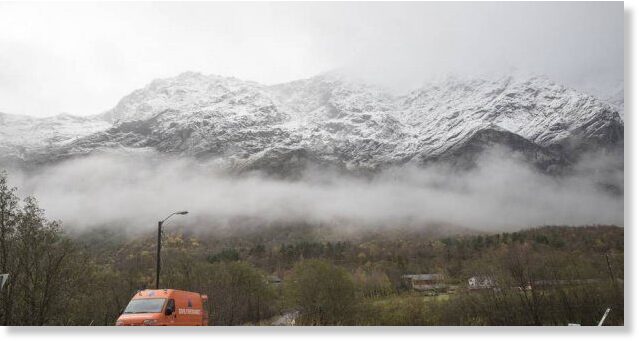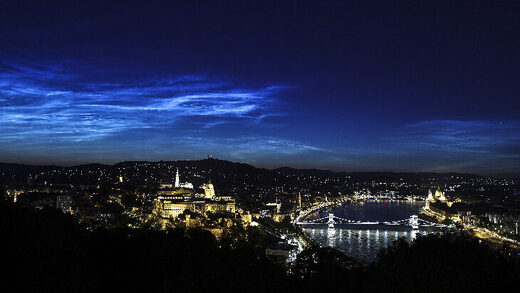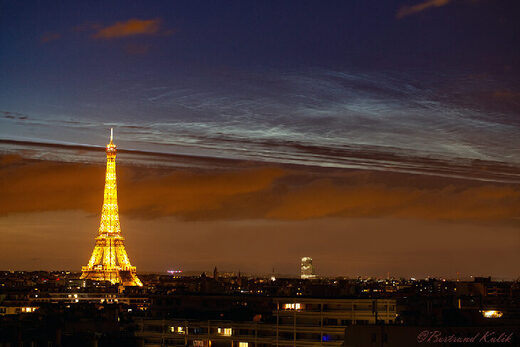The 80s are widely regarded as 'the good old days' for WH polar bears. Kindly inform alarmists we're back there now, and that bear numbers are on the rise.

electroverse.net
HUDSON BAY SEA ICE COVER SAME AS THAT OF THE 1980S
JULY 8, 2020 CAP ALLON
On the back of the recent revelation that both Antarctic Sea Ice extent and concentration are greater now than in 1980, vast swathes of its northern counterpart appear to be following suit.
As originally reported on July 6 on zoologist Susan Crockford’s website,
polarbearscience.com, Hudson Bay sea ice cover in June 2020 tracked the early-summers of the 1980s — a decade widely regarded as
the good old days for Western Hudson Bay polar bears.
As of the end of June 2020,
writes Crockford, very concentrated ice (9/10-10/10) more than 1 metre thick still covered most of the bay and there was still no open water near Churchill along the west coast down into James Bay:

Crockford goes on to perform a direct comparison between the last week of June, 2020 and the last week of June, 1986 and 1980.
To do this, the chart above needs to be converted to black and white (as that’s all that the was available in the 1980s). These charts are a little harder to interpret, explains Crockford, but the overall pattern can still be determined — just note that those stippled areas (dots close together) represent open water.
Here’s the same chart as above –the final week of June, 2020– converted to b&w:

Here is the chart for the same week in June, 1986:

And here’s that same week in 1980:

The charts reveal that this year’s Hudson Bay sea ice cover is very similar to those early-summers of
the good old days, the 1980s — a fact you wont hear repeated from polar bear activists still busy
promoting the false claim that polar bear numbers are declining in line with Arctic sea ice.
With regards to the bears in the Western Hudson Bay region specifically, 2020’s extensive sea ice means they will likely not come ashore until the end of July or even early August, as they did back in the 1980s (and in 2015 and 2019).
Polar bears rely on sea ice to hunt and store energy for the summer and autumn, when food can be scarce. The date when the bears travel ashore is a key factor in their survival.
The WWF is still citing global warming, and the loss of sea ice habitat, as the greatest threat to polar bears. According to their official website,
arcticwwf.org, “sea ice now melts earlier in the spring and forms later in the autumn in the bears’ southern range, like
Hudson Bay and James Bay in Canada. And as a result, as the bears spend longer periods without food, their health declines.”
However, the WWF, as with the majority of environmental bodies, are out of touch with the data. They rely on emotions and scaremongering,
facts are a hindrance and there use seen as a climate deniers ploy to DESTROY THE PLANET.
But those
pesky facts are revealing a new trend — WH polar bears are now residing on the ice later and later into the year and, as a result, are gaining plentiful weight to survive those barren summer/autumn months — and their numbers are rising.
Also worth nothing, Polar Bears International’s Steven Amstrup’s widely-publicized predictions regarding both Arctic sea ice and polar bear survival have been proved catastrophically-wrong.
For Amstrup’s infamous 2007 forecast to have come to pass there would have to be no polar bears
at all living in Hudson Bay right now, not least this thriving population of fat, healthy bears moving onshore as late as they did in the 1980s.
Amstrup’s dire predictions have gone the same way as all the many others, yet the man’s scientific views are somehow still highly-regarded, and his nonsense still circulates those AGW-propaganda rags such as The Guardian et al.
Again though, the ruse is clear to those with open eyes, the mainstream media —
and the directions they receive from on high— are governing the narrative, not the facts on the ground:
explore.org.
The COLD TIMES are returning in line with
historically low solar activity,
cloud-nucleating Cosmic Rays, and a
meridional jet stream flow.
Even NASA appear to agree,
if you read between the lines, with their forecast for this upcoming solar cycle
(25) seeing it as “
the weakest of the past 200 years,” with the agency correlating previous solar shutdowns to prolonged periods of global cooling
here.

 Prepare accordingly
Prepare accordingly —
learn the facts, relocate if need be, and grow your own.










